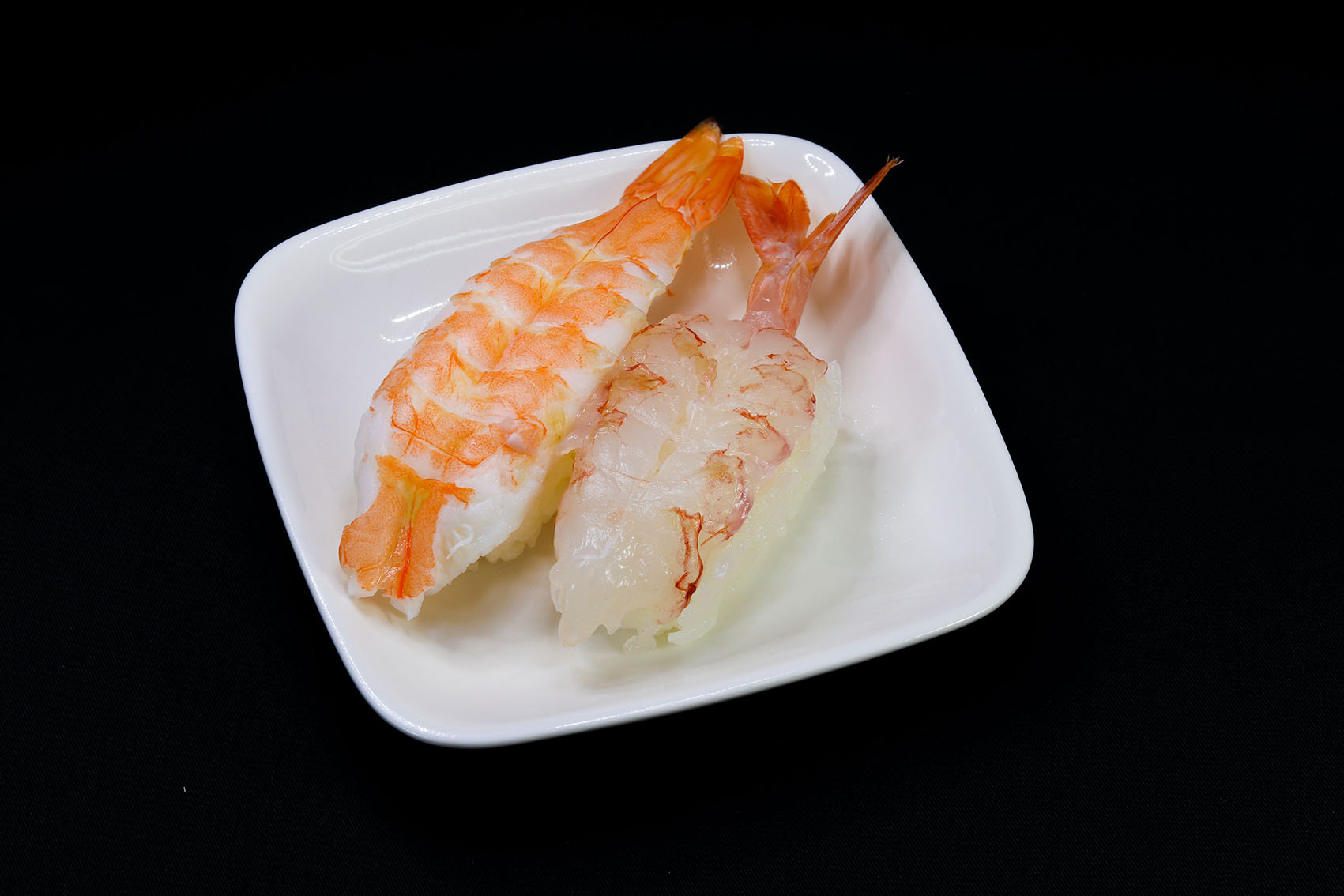The Chinese culture had a great influence on Japan, and today’s Japanese language is largely derived from Chinese. Poetry is a very important part of many influences. The Chinese and Japanese poetry are analyzed from the perspectives of the development of poetry, the use of imagery and the reason for the difference.
Japanese poetry evolved from Chinese. The earliest collection of poems in China was born in 45bc, and in 759 AD, the first Japanese poetry collection, manyoshu, with the characteristics of Chinese poetry, was born. Before that, the popularity of poetry that imitated Chinese poetry prevailed; In 751AD, the first book of poems in Japan Kaifūsō (751 AD) included Chinese poetry, which were written in Chinese characters and rhyming rhymes. Both China and Japan have poetic traditions in history, but interestingly, Chinese poetry is called “poetry”, while Japanese poetry is referred to as “waka”. There are many individualized and transitive verbs in Chinese, which is different from Japanese (Fenollosa, 2009). Chinese people believe that poetry is the highest state of literature, and the form, rhythm and emotional requirements of poetry are very strict. This made Japanese poetry to gradually imitate and develop its own writing style.
The most obvious feature of Chinese and Japanese poetry is the use of natural imagery. In both Chinese and Japanese, classical poetry is marked by expressing human emotions. (Jorgensen, 2012). Willow is one of the most common images in Chinese and Japanese poetry, marking the arrival of spring. The Chinese poets used the image of willow trees to mock politics, to express themselves and to expose the corruption of their rulers. In Chinese poetry, the moon’s intention is usually to express jealousy of life. However, in “waka”, the image of the moon is usually only its own meaning, which is simply to write a scene to write the light and beauty of the moonlight. From the perspective of image aesthetics, waka focuses on the image itself and focuses on “objects”. In contrast, tang poetry focuses on society and pays attention to the “people” behind “materials”. The personal emotional experience caused by “things” and the emotions expressed in tang poetry are based on human social rationality, which is closely related to people’s social moral psychology and social care.
One reason for this difference is the social environment. China is a vast country with a vast territory. The border is always full of foreign aggression and Japan is in a stable state for a long time. Even in the 300 years after AD 800, there was no war or death penalty. This social environment gives people leisure time to enjoy nature and life. Waka is specifically the court poetry (“Waka | Japanese poetry | Britannica.com” , 2017). Most waka writers were nobles, monks, and emperors. Their lives will not have too much trouble, and their works have exquisite aesthetic style. Most Chinese poets also fought in the war. The poems related to the soldiers were written by those who travelled away from home. They will feel differently about some images.
There are many similarities between Chinese and Japanese poetry. However, during the development process of it, waka developed a strong Japanese characteristics in the content, with the Chinese poetry gradually having Chinese characteristics as a result of different social environment.

